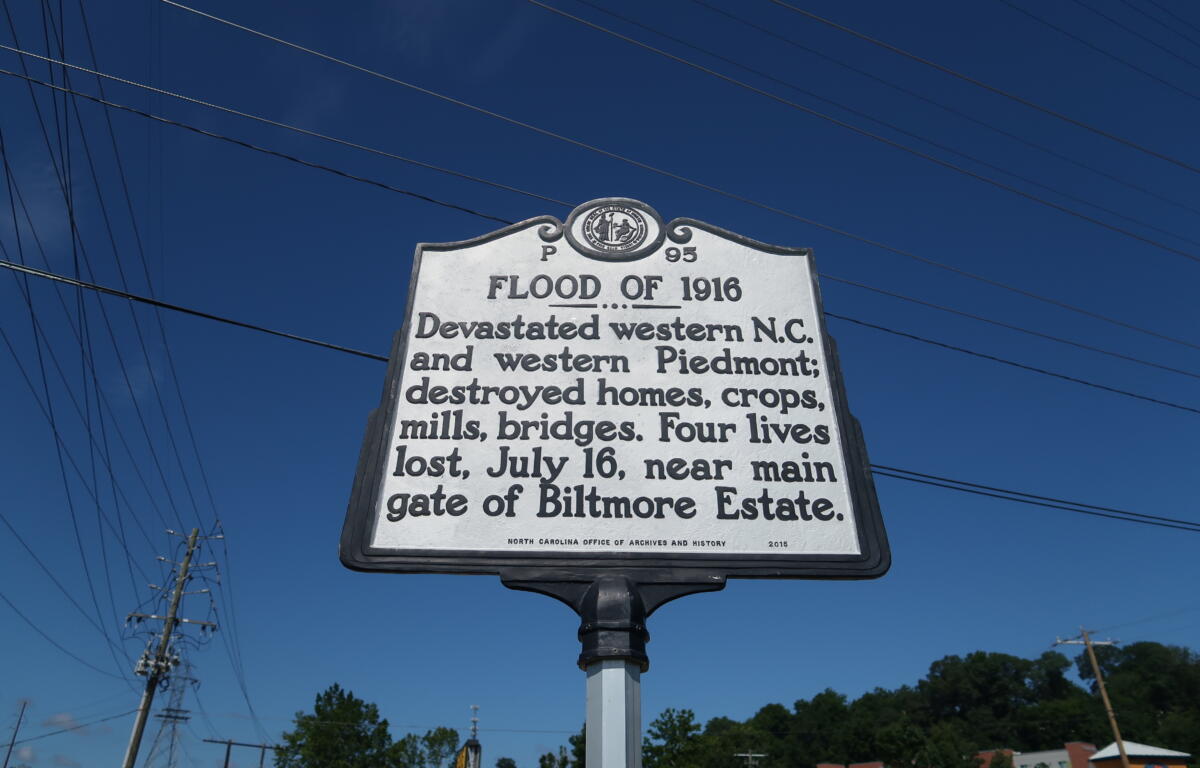ASHEVILLE, N.C. (828newsNOW) — This Monday, Western North Carolina marks the anniversary of one of its worst natural disasters – the deadly 1916 flood that followed days of torrential rain from two converging hurricanes – even as many communities are still reeling from the widespread destruction caused by Tropical Storm Helene in 2024.
On July 14, 1916, more than 22 inches of rain fell over the region in a single day, setting a national record at the time. Saturated ground gave way to flash floods that overwhelmed rivers and streams within hours, killing more than 80 people and isolating towns like Asheville, Hendersonville and Montreat for weeks. Asheville suffered more than $1 million in damage and nearly 900 miles of rail lines were destroyed or left dangling over ravines.
In Montreat, the collapse of a dam on Flat Creek sent a wall of water rushing through the valley, washing away homes, bridges and vehicles. Landslides and cut-off communication lines left mountain communities to fend for themselves.
While the 1916 flood remains a defining disaster in the region’s history, state officials and historians have drawn comparisons to Helene, which struck WNC in late September 2024. Flooding from Helene, fueled by climate shifts and heavier development in flood-prone areas, resulted in even higher financial losses and a greater death toll than the 1916 event, according to preliminary state estimates.
A historical marker in Asheville at the corner of Biltmore Avenue and Swannanoa River Road commemorates the 1916 flood, a reminder of the region’s enduring vulnerability to extreme weather events.
Read more. . .
-
LOCASH to Headline Hometown Hootenanny at Asheville’s Revival
LOCASH will bring their feel-good hits to Revival this January, joined by Sarah Reeves and Tano Jones Revelry.


